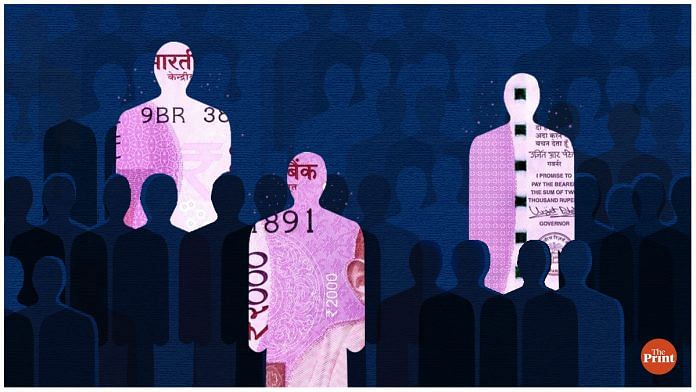Economists have been moderating their growth forecasts as the second phase of Covid has been running its course. Most commentators are agreed that the economy should be back at year-end to where it was two years ago. The question is what will happen beyond that. Should one expect a return to rapid economic growth, or is the country headed for medium-term disappointment? For an answer, one has to dig under recent growth rates.
First, as is known, the system was slowing even before Covid hit, growth having halved from 8 per cent in the peak of the Modi years to barely 4 per cent in 2019-20. Second, growth in the last three years has been propped up by government consumption — which has grown 30 per cent in this period compared to 2.1 per cent for private consumption. Investment in fixed capital has done much worse, shrinking by 8.7 per cent compared to the level three years earlier. It is understandable (even required) in a recession that the government become the primary engine of growth, but that position cannot be sustained without risk — not when public debt has already climbed from two-thirds of GDP to 90 per cent.
Third, and most important, the trends in declining employment and growing inequality make it hard for private consumption to recover quickly. The size of the population that is willing to work has shrunk. Within that shrinking number, unemployment has grown sharply. And of those who are actually working, those engaged in agriculture (ie low-wage employment) have grown in number, while millions of industrial and service sector jobs have disappeared. In these circumstances, the majority will find it a challenge to maintain their current level of spending.
Also read: Modi is now a visibly diminished PM, has run out of what he had in plenty these 7 years — luck
If consumption grows only slowly, today’s low levels of capacity utilisation will take two to three years to reach the level required for investment in new capacity to kick in. With little investment growth in the interim, rapid overall growth is unlikely. Unless of course you can use export demand to make up for the lack of domestic demand. This is possible today since the world economy is recovering momentum, trade is growing well, and the western economies want to diversify supply lines away from China. But policies have to help exporters cash in on the opportunity, and it is not clear that the aatmanirbhar campaign fits the bill.
Still, the domestic market too has to grow. What no one wants is to become like Latin America, whose extreme levels of inequality India now comes close to matching, and whose contrasts of rich and poor are mirrored increasingly in the divergent fortunes of the well-off and the rest in India. A buoyant stock market fuelled by a small vibrant set of large companies is good optics, but contrasts with the morass trapping the rest of the system. Sharp inequality of the Latin American variety, especially when the majority is still poorly educated and simply not fit for high-productivity employment, constricts domestic demand and constrains growth.
Policymakers should look at what is called the Great Gatsby Curve — named after the Scott Fitzgerald novel (and subsequent movie) that addressed American inequality and class distinctions in a period of soaring excess. The Curve tracks the intersection of two measures. One is inequality, the other is inter-generation mobility, or the likelihood that the next generation will move up the economic ladder from low income to average income. The Nordic countries do best on the Curve. East Asia does not score very well, but the big Latin American economies are the worst. If India combines great inequality with poor inter-generation mobility, it risks becoming, not like East Asia with its rapid growth rates, but like under-performing Latin America.
That poor outcome can be avoided if the country manages its fisc better — more expenditure should be backed by revenue-raising measures; if it invests in improving school education across the board; and creates labour-intensive but value-adding employment. Whereas policies that ignore the growing inequality and the disappearance of quality jobs will result in sub-optimal growth. That in turn will create social and political pressures that lead to what Latin America has seen in abundance: Populist and authoritarian democracies.
By special arrangement with Business Standard
Also read: These 4 factors will shape how Indian economy rebounds from shock of Covid second wave



